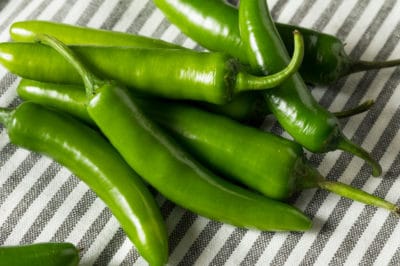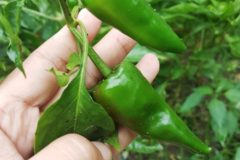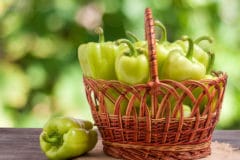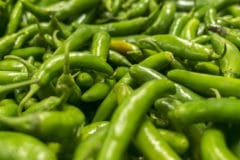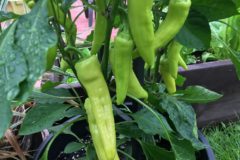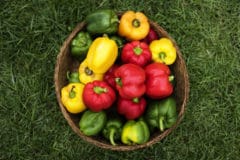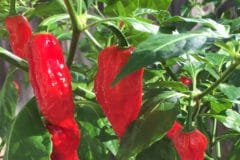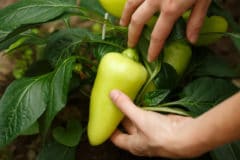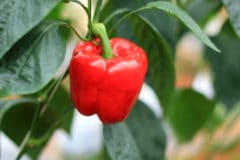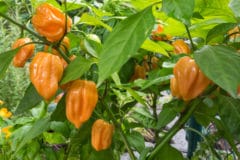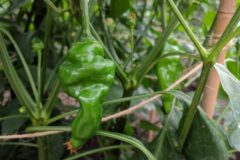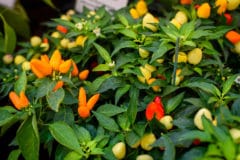Types of Serrano
While most seed catalogs and nurseries will sell one type of Serrano pepper, there are actually many different variations of this variety. The farther toward Mexico you get, the more likely you are to find some of these other varieties.
- Serrano Tampiqueno: 2 inch long dark green fruits that mature to red, 70-80 days,
- Serrano Purple: 2-3 inch long fruit that matures from green to purple then red, 70-80 days
- Huasteco: 3-4 inche long fruit that matures from green to red, very hot variety, 70-80 days
Earliest Harvest
Serranos are similar in shape and flavor to jalapenos. They can be significantly hotter than jalapenos but are used in many of the same recipes. Like jalapenos, Serranos are often harvested and eaten green.
The green stage is the mildest stage because the capsicum will further develop as the fruit ages. It takes approximately 60 days from germination for a Serrano plant to produce green peppers ready for harvest.
While peppers can be eaten at any time they are considered ready to pick when they have reached between 3-4 inches in length.
Later Harvest
If left to fully mature beyond 60-70 days, serrano peppers will turn from green to red. Some varieties will go through shades of purple, orange, yellow, or brown but most varieties change from green to red. To get colored peppers from your plant, it will take between 80-100 days.
It is possible to harvest some of the peppers green and allow others to mature on the same plant. keep in mind that if you don’t pick the peppers, the plant will not produce more. Leaving them on the plant longer can reduce the number of chilis harvested from a plant.
Harvest and Use
Always be cautious when handling hot peppers. Serranos are up to four times spicier than jalapenos, so protect your skin with gloves and avoid touching your eyes while working with hot peppers. Most of the capsicum is contained within the ribs and seeds of the fruit, but even the outer skin can cause irritation.
Because serranos are plump and thin-skinned, they don’t dry well. They do make excellent fresh eating and freezing peppers. There is no need to blanch or blister serrano peppers before freezing. Their skin is so thin it doesn’t toughen up like other peppers will.
